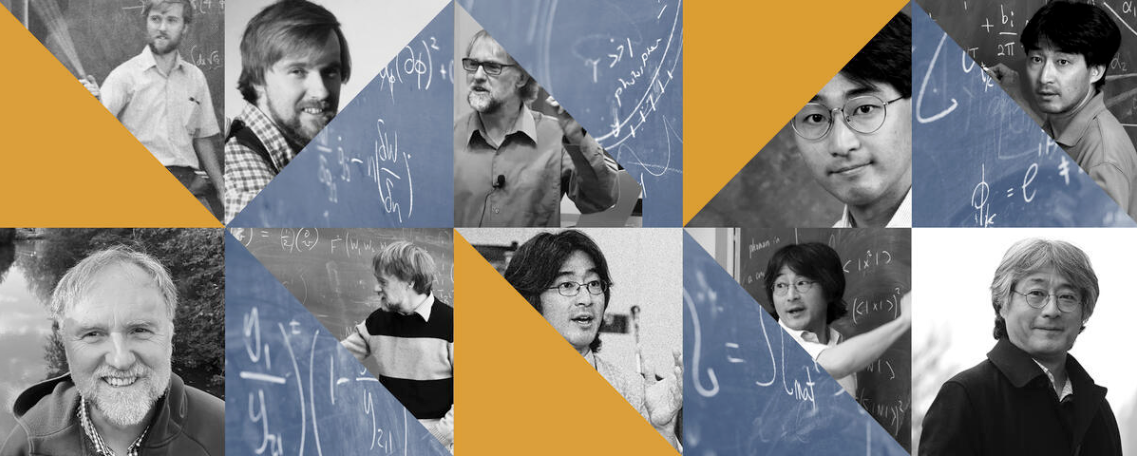Speaker
Description
Determining the form of the Higgs potential is one of the most exciting challenges of modern particle physics. Higgs pair production directly probes the Higgs self-coupling and should be observed in the near future at the High-Luminosity LHC. We explore how to improve the sensitivity to physics beyond the Standard Model through per-event kinematics for di-Higgs events. In particular, we employ machine learning through simulation-based inference to estimate per-event likelihood ratios and gauge potential sensitivity gains from including this kinematic information. In terms of the Standard Model Effective Field Theory, we find that adding a limited number of observables can help to remove degeneracies in Wilson coefficient likelihoods and significantly improve the experimental sensitivity.

